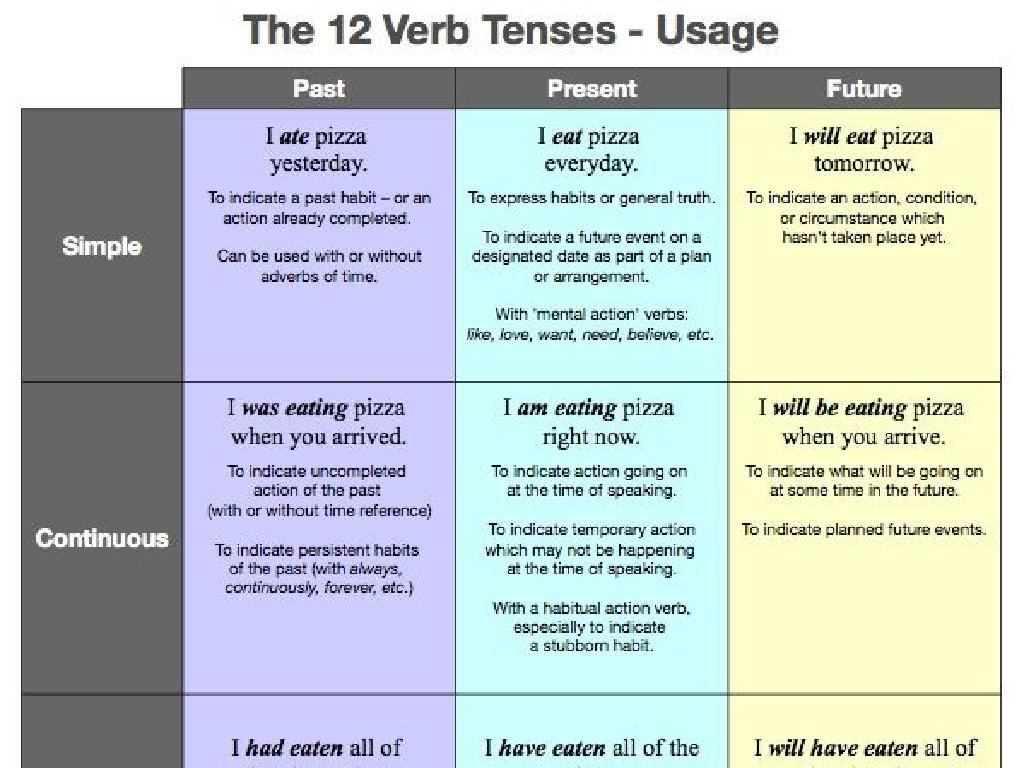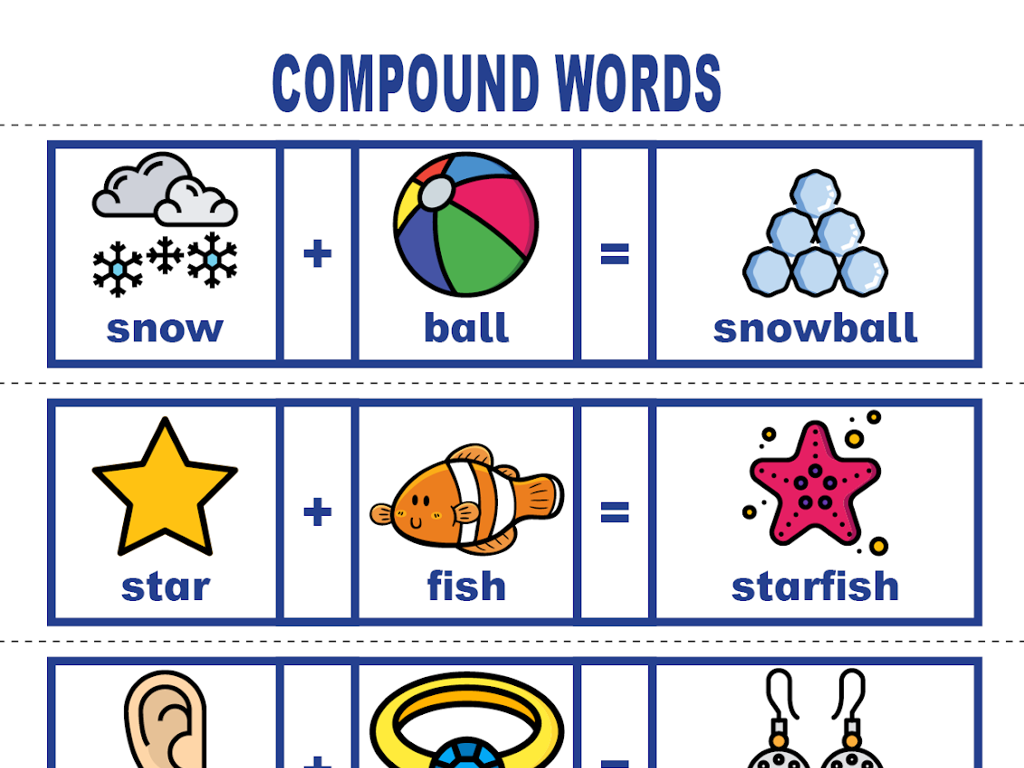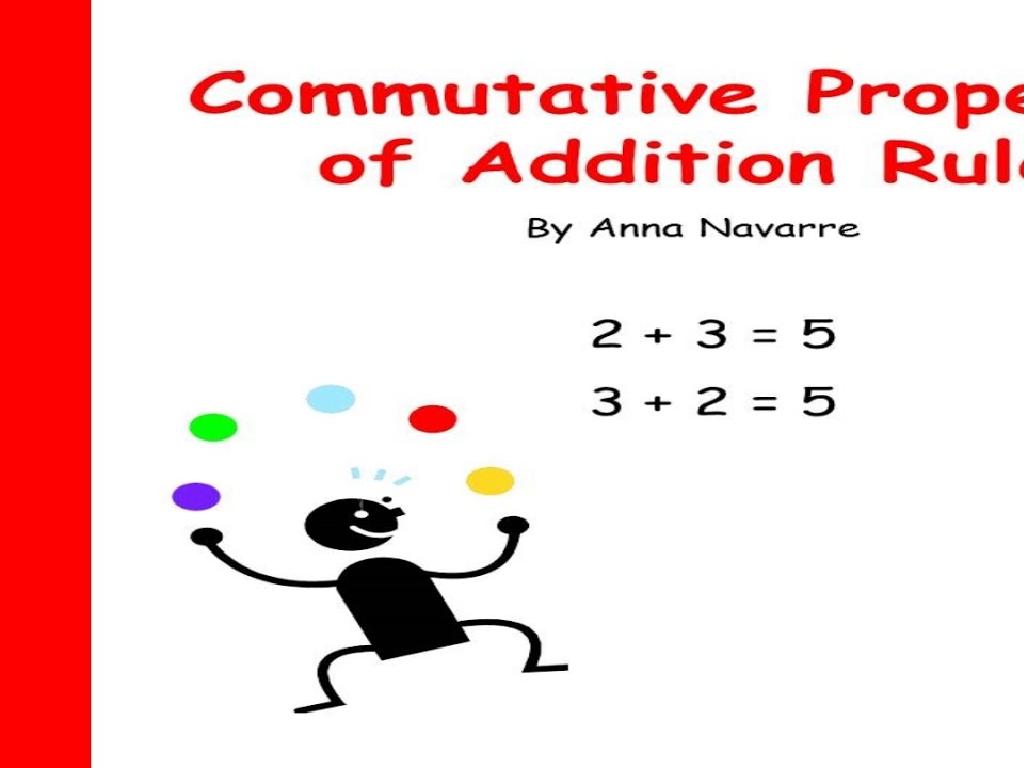Create And Use Supply And Demand Curves
Subject: Social studies
Grade: Seventh grade
Topic: Supply And Demand
Please LOG IN to download the presentation. Access is available to registered users only.
View More Content
Introduction to Supply and Demand
– Explore market basics
– A market is where buyers and sellers meet to exchange goods and services.
– Define supply and demand
– Supply is how much of something is available, demand is how much it’s wanted.
– Significance of supply & demand
– They determine prices and availability of goods.
– Interplay in market economics
|
This slide introduces the foundational concepts of supply and demand, which are crucial for understanding how markets operate. Begin by explaining what a market is and the role of buyers and sellers. Then, define supply as the quantity of a product or service that the market can offer, and demand as the quantity of a product or service that consumers are willing to buy. Emphasize the importance of supply and demand in determining the price of goods and services, as well as their availability in the market. Illustrate with examples relevant to the students, such as the supply and demand for a popular video game or seasonal fruits. Encourage students to think of their own examples and consider how changes in supply or demand could affect prices.
Understanding Supply in Economics
– Define the concept of Supply
Supply is the total amount of a product or service available to consumers.
– Explore factors affecting Supply
Price, production costs, and technology changes can influence Supply.
– Real-world examples of Supply
Local farmers’ market produce variety shows Supply based on season and demand.
– How Supply interacts in markets
|
This slide introduces the concept of Supply within the context of economics, tailored for a seventh-grade social studies class. Begin with a clear definition of Supply, ensuring students understand it as the amount of goods or services that are available for purchase. Discuss various factors that can affect Supply, such as changes in cost, advancements in technology, or shifts in seller preference. Provide relatable examples, such as how the availability of fruits and vegetables at a local market can change with the seasons, illustrating how Supply can vary based on different conditions. Conclude by explaining how Supply is a crucial part of the market interaction, setting the stage for the next topic on Demand.
Understanding Demand in Economics
– Define economic demand
– Desire to purchase goods at certain prices
– Explore factors influencing demand
– Price, income, tastes, and preferences
– Real-world demand examples
– Demand for ice cream increases in summer
– Discuss demand’s role in markets
|
This slide introduces the concept of demand within the context of economics, tailored for a seventh-grade social studies class. Begin by defining demand as the desire and ability of consumers to purchase goods and services at specific prices. Discuss various factors that can influence demand, such as changes in price, consumer income, tastes, and preferences. Provide relatable examples, such as the increased demand for ice cream during the summer months, to help students understand the concept in everyday situations. Emphasize the significance of demand in determining the functioning and efficiency of markets. Encourage students to think of other examples where they have seen demand fluctuate and consider what factors might have caused those changes.
The Law of Supply and Demand
– Interaction of supply and demand
– Supply and demand determine the market price and quantity.
– Understanding equilibrium price
– Equilibrium is where supply equals demand.
– Seasonal fruits price fluctuation
– Prices of fruits like strawberries can change with seasons.
– Analyzing real-world examples
|
This slide introduces the fundamental concept of supply and demand, which is the backbone of market economics. Explain how the availability of products (supply) and the desire for them (demand) set the price and quantity. Equilibrium price is where the amount of goods producers are willing to supply equals the amount consumers are willing to buy. Use seasonal fruits as a relatable example to show how supply can be limited during off-seasons, leading to higher prices, and abundant during peak seasons, resulting in lower prices. Encourage students to think of other examples where they have seen prices change due to supply and demand.
Creating a Supply Curve
– What is a Supply Curve?
– A graph showing quantity supplied at various prices
– Plotting Price and Quantity
– On the graph, price goes on the vertical axis, quantity on the horizontal
– Student Activity: Make Your Curve
– Use graph paper to draw your supply curve for a product you like
– Understanding Market Supply
– Combining individual curves shows overall market supply
|
This slide introduces the concept of a supply curve and how to create one. Start by explaining that a supply curve is a graphical representation that shows the relationship between the price of a good and the quantity of the good that producers are willing to supply. Next, demonstrate how to plot a supply curve by marking price on the vertical axis and quantity supplied on the horizontal axis. For the activity, provide students with graph paper and ask them to choose a product they are interested in. They will plot their own supply curve based on hypothetical data. This exercise helps them understand how individual supply curves can be combined to understand the overall market supply. Encourage creativity and ensure they label their axes correctly. After the activity, discuss how the curves they’ve created can reflect real market situations.
Creating a Demand Curve
– What is a Demand Curve?
– A graph showing quantity demanded at each price
– Plotting Price and Quantity
– On a graph, price goes on the vertical axis, quantity on the horizontal
– Student Activity: Make Your Curve
– Use a product you like, chart how many you’d buy at different prices
– Understanding Market Demand
|
This slide introduces the concept of a demand curve to students, which is a fundamental component of understanding market dynamics. Begin by explaining that a demand curve is a graphical representation that shows the relationship between the price of a product and the quantity of the product that consumers are willing to purchase. Emphasize the inverse relationship between price and quantity demanded. For the activity, instruct students to choose a product they are familiar with and plot on graph paper how many units they would buy at different prices, creating their own demand curve. This hands-on activity will help solidify their understanding of the concept. Provide guidance on how to properly set up a graph with price on the y-axis and quantity on the x-axis. Encourage students to think about how their own demand for a product changes with price changes.
Supply and Demand Curves in Action
– Reading supply and demand curves
– Understand the axes: price on the Y-axis, quantity on the X-axis.
– Shifts in curves indicate market changes
– A rightward shift means increase, leftward means decrease in supply or demand.
– Impact of new technology on the curves
– New tech can increase supply by making production easier or cheaper.
– Class discussion on technological effects
|
This slide aims to help students grasp the basics of supply and demand curves and how they reflect market situations. Start by explaining how to read the curves, with price on the vertical axis and quantity on the horizontal. Discuss what causes the curves to shift; for example, a change in consumer preference or production costs. Highlight how technological advancements can lead to shifts in these curves, such as an increase in supply due to improved production methods. Engage the class in a discussion about real-life examples of technology affecting markets, encouraging them to think critically about the economic implications. Possible activities: have different groups discuss different technologies, such as smartphones, electric cars, or fast food ordering apps, and how these have changed supply and demand.
Class Activity: Market Simulation
– Understand supply & demand
– Role-play market scenarios
– Students take turns being buyers or sellers, negotiating prices
– Observe classroom dynamics
– Watch how prices change with supply or demand
– Reflect on the activity
|
This interactive class activity is designed to help students apply the concepts of supply and demand through a role-playing simulation. Divide the class into groups of buyers and sellers. Sellers will have different items (or pictures of items) to sell, and buyers will have a limited amount of currency. As the activity progresses, students should observe how the availability of items (supply) and the desire for them (demand) affect the prices. Teachers should guide the students to notice the dynamics of the market simulation, such as how scarcity leads to higher prices or how an abundance of items might lower prices. After the activity, lead a discussion to reflect on what they observed and relate it to real-world economics. Possible variations of the activity could include introducing sudden changes in supply or demand, or having students negotiate trades without using currency.
Conclusion: Understanding Supply & Demand Curves
– Recap: Supply & Demand Curves
– Economic Impact of Supply & Demand
– They determine prices of goods/services in the market.
– Reflect on Personal Observations
– Consider how items’ availability and your desire affect their cost.
– Interactive Q&A Session
|
This slide wraps up our lesson on supply and demand curves by summarizing the key concepts. Emphasize the importance of these curves in economics, as they are fundamental tools for understanding how markets operate. Encourage students to reflect on how supply and demand affect their daily lives, such as the cost of their favorite snacks or the availability of the latest gadgets. Conclude with an interactive Q&A session where students can ask questions and discuss how supply and demand play roles in various scenarios they encounter. This will help solidify their understanding and see the relevance of economics in the real world.






